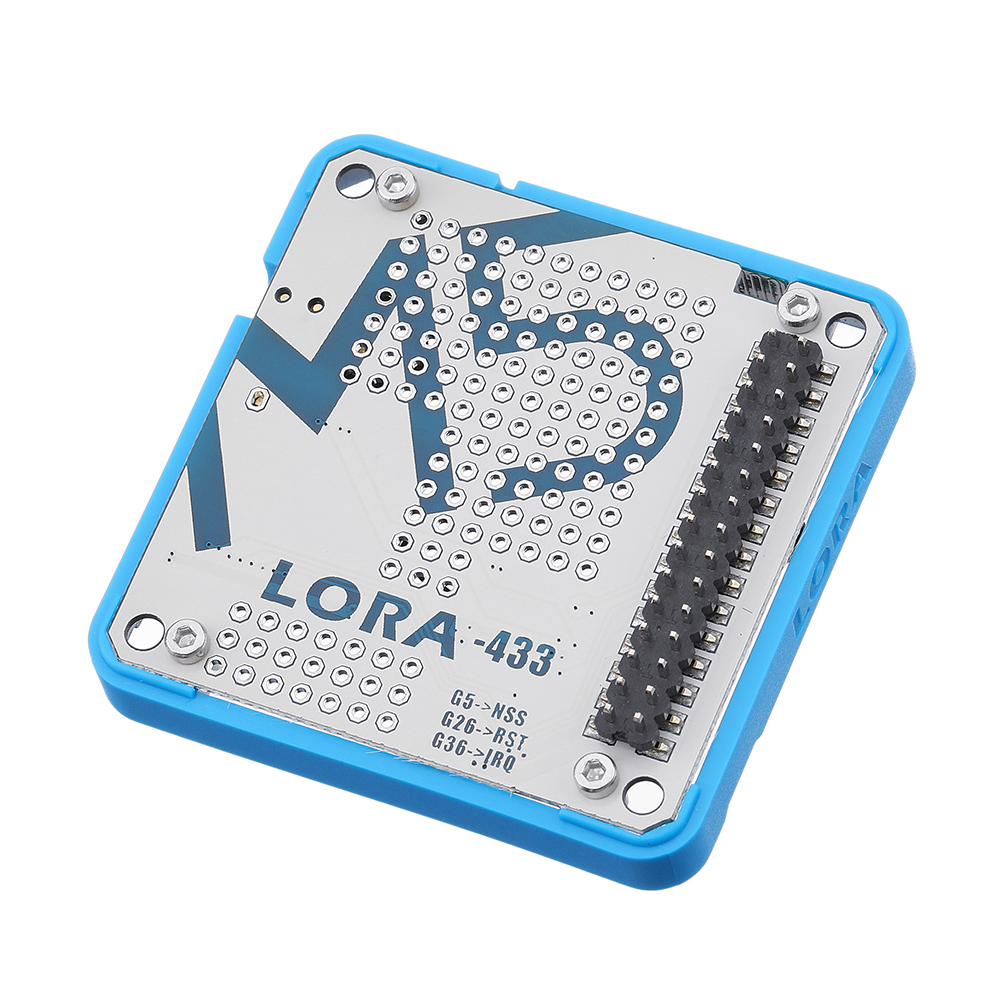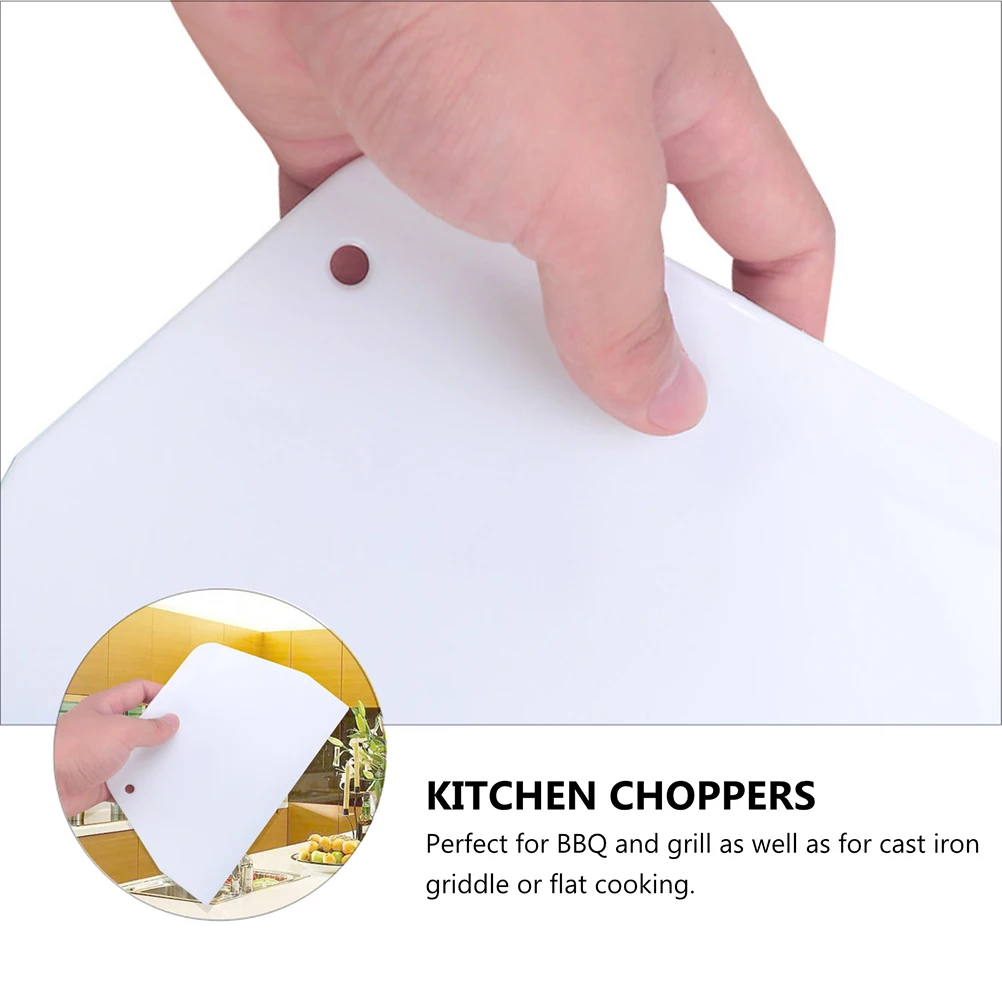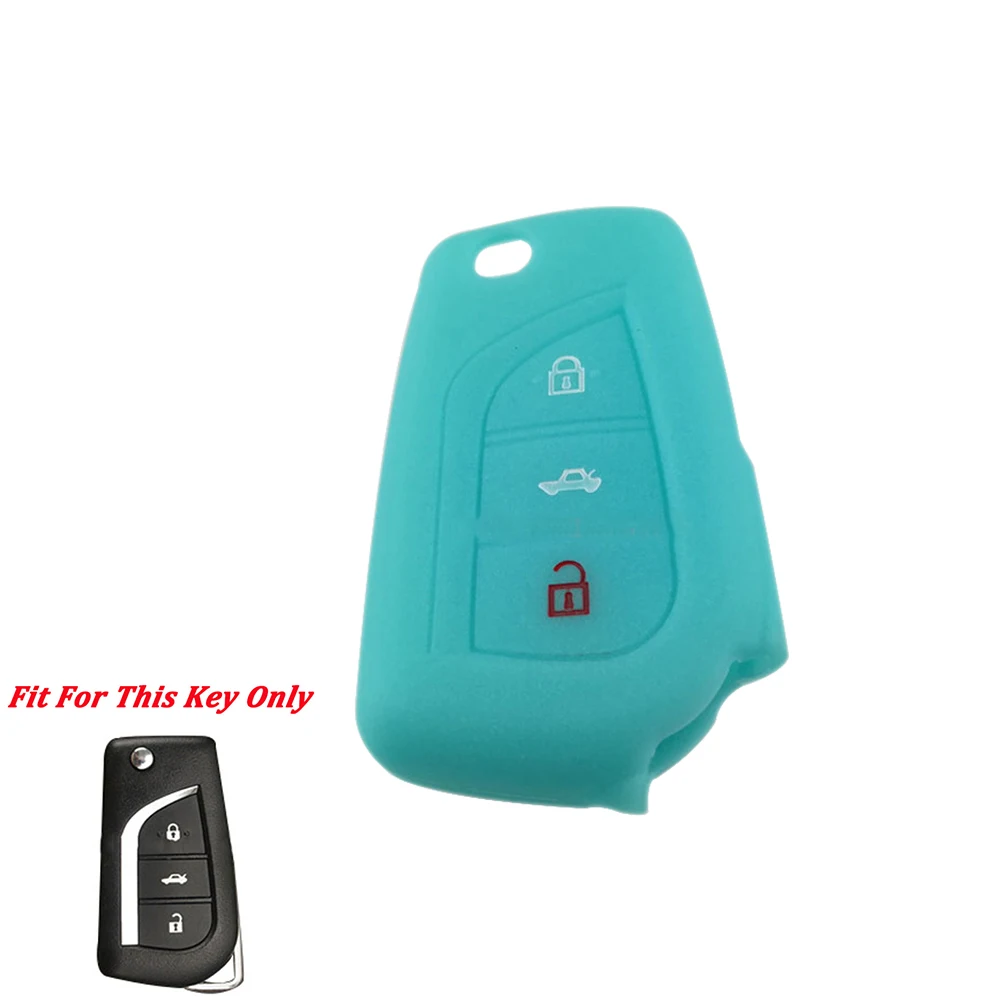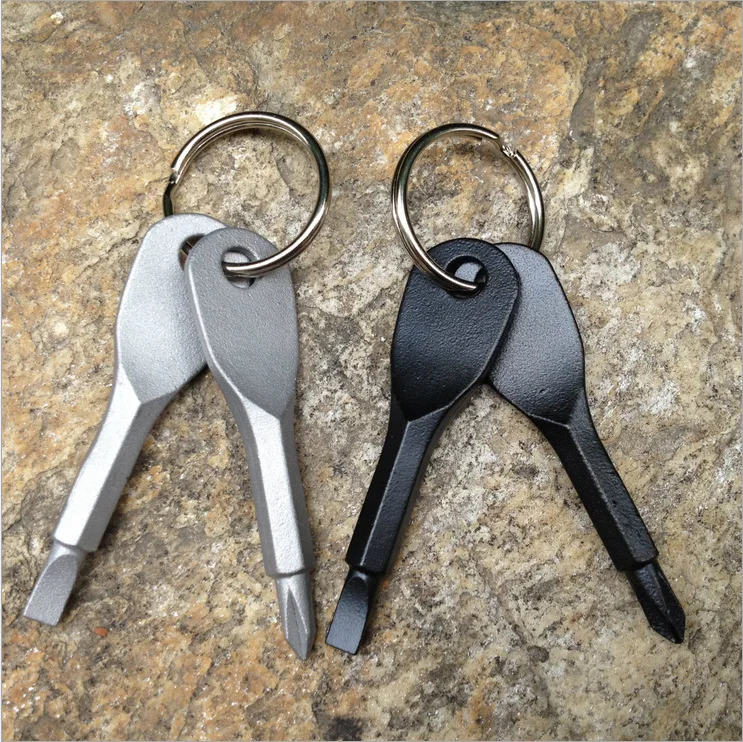M5Stack® 433MHz Wireless LoRa Module for ESP32 DIY Development Kit Built-in Antenna IOT Development Board


Eachine1
sku: 1537061
ACCORDING TO OUR RECORDS THIS PRODUCT IS NOT AVAILABLE NOW
$9.95
Shipping from: China
Description
Description: LoRa integrated LoRa Module Ra-02, designed and produced by Ai-Thinker. On the board has some extra space left over, so we give you a prototyping area, it's great for adding on your customized circuit working with the LoRa Module. LoRa enables long-range transmissions (more than 10 km in rural areas) with low power consumption,The technology is presented in two parts: LoRa, the physical layer and LoRaWAN (Long Range Wide Area Network) the upper layers. LoRa and LoRaWAN permit long-range connectivity for Internet of Things (IoT) devices in different types of industries. Product Features: Lora Module: Ra-02 (by Ai-Thinker) Series Communication Protocol: SPI Universal Perboard Working Frequency: 433 MHz Supports FSK, GFSK, MSK, GMSK, LoRa and OOK modulation modes Receive sensitivity: lowest to -141 dBm Programmable bit rate up to 300Kbps Build-in PCB Antenna External Antenna port Program platform: Arduino, Mrcropython, UIFlow(Blockly) Product Size: 54.2mm x 54.2mm x 12.8mm Product weight: 14.5g Package Include: 1x M5Stack LoRa Module Applications: Automatic meter reading Home building automation Remote irrigation system Related Link: Offical Video Forum LoRa Info (LoRa) LoRaWAN Regional Parameters EasyLoader click to download EasyLoader 1.EasyLoader is a simple and fast program burner, and each product page has a product-related case program for EasyLoader. 2.After downloading the software, double-click to run the application, connect the M5 device to the computer via the data cable, select the port parameters, and click "Burn" to start burning. 3.The CP210X (USB driver) needs to be installed before the EasyLoader is burned. Click here to view the driver installation tutorial Example: for Arduino IDE These are the point-to-point communication examples between two LORA modules. The LoRa nodes send and receive messages. Blue string indicates sending succeed. Yellow string display the received messages. Red string indicates initialization failed. To get complete code, please click here #include #include //declaration String outgoing; // outgoing message byte msgCount = 0; // count of outgoing messages byte localAddress = 0xBB; // address of this device byte destination = 0xFF; // destination to send to //initialization M5.begin(); LoRa.setPins(); // set CS, reset, IRQ pin LoRa.begin(433E6); // initialize ratio at 915 MHz //send message void sendMessage(String outgoing) { LoRa.beginPacket(); // start packet LoRa.write(destination); // add destination address LoRa.write(localAddress); // add sender address LoRa.write(msgCount); // add message ID LoRa.write(outgoing.length()); // add payload length LoRa.print(outgoing); // add payload LoRa.endPacket(); // finish packet and send it msgCount++; // increment message ID } //receive message void onReceive(int packetSize) { if (packetSize == 0) return; // if there's no packet, return int recipient = LoRa.read(); // recipient address byte sender = LoRa.read(); // sender address byte incomingMsgId = LoRa.read(); // incoming msg ID byte incomingLength = LoRa.read(); // incoming msg length String incoming = ""; while (LoRa.available()) { incoming += (char)LoRa.read(); } } onReceive(LoRa.parsePacket());Copy to clipboardErrorCopied Schematic:
Price history chart & currency exchange rate
Customers also viewed

$1,795.56
5P5B50 Промышленный цифровой электромагнитный расходомер для сточных вод с выходом 4-20 мА, настраиваемый OEM
aliexpress.ru
$2.72
6 Pcs Baking Scraper Dough Cutters Kitchen Choppers Pastry Scrapers Plastic Environmental Protection Fruit Premium
aliexpress.ru
$37.87
130x145 см темно-фиолетовая жаккардовая парчовая ткань для ветровки, платья, одежды, модная ткань, металлическая проволока, полиэстер, материал
aliexpress.ru
$698.00
Универсальная тележка, ручная тележка, электромобиль, сверхмощная электрическая тележка с аккумулятором мощностью 500 Вт, макс. нагрузка 500 фунтов и
aliexpress.ru
$11.28
Летняя женская юбка-шорты 2 в 1 с рисунком Совы и камерой, юбка для фитнеса и йоги, теннисные юбки, модные дорожные обои с рисунком
aliexpress.ru
$61.87
Модные однотонные мусульманские Абайи для женщин с круглым вырезом рукав летучая мышь Элегантные повседневные длинные платья марокканский Дубай Саудовская хибая халат 2024
aliexpress.ru
$6.40
Automotive glass crack repair fluid Front windshield crack glue non-trace repair crack repair windshield scratch reducing agent
aliexpress.com
$6.70
Car Interior LED Light For MERCURY Sable Capri Cougar Grand Marquis Marauder Mariner Monterey Montego Parts Accessories Canbus
aliexpress.com
$998.04
Sectional Small Living Room Sofa Sleeper Nordic Office Living Room Sofa Outdoor Sofas Para Sala Frete Gratis Salon Furniture
aliexpress.com
$148.90
Новинка, весенне-осенний офисный женский модный Повседневный брендовый Женский комплект из рубашки и юбки для девочек, костюм, одежда
aliexpress.ru
$28.62
Automatic IRRIG System Garden Water Timer With Rain Sensor 3 Timing Programs Waterproof Irrigation Controller
aliexpress.com
$1.62
Двухцветный водостойкий консилер для татуировок, устойчивый к поту контур, Осветляющий базовый консилер, тональный крем для кожи, полное покрытие Cre I2F3
aliexpress.ru
$6.00
Классические солнцезащитные очки в стиле стимпанк с большой оправой для мужчин и женщин, роскошные модные трендовые солнцезащитные очки, квадратные антибликовые очки для вождения UV400
aliexpress.ru
$15.68
Функциональная тактическая нагрудная сумка для женщин раньше жилет в стиле хип-хоп Уличная сумка поясная сумка унисекс черная нагрудная сумка ZY948
aliexpress.ru
$0.99
Оригинальный танталовый конденсатор SMD 5 шт./16V47UF 476C 47 мкФ 16V B3528 B Type 1210
aliexpress.ru
$15.76
Вязаный кардиган, свитер, женская одежда на осень и зиму 2021, корейская мода, женская одежда на молнии, облегающие однотонные элегантные сексуальные топы 1067
aliexpress.ru
$23.60
60 шт./лот творческая гелевая ручка в виде слона, милая 0,5 мм черная чернильная ручка для подписи, принадлежности для школы и офиса, канцелярские принадлежности, подарки
aliexpress.ru
$16.14
Набор для вышивки крестом rto m596 с глубоководной русалочкой, вышивка, наборы для рукоделия, хлопковая нить, новый дизайн вышивки
aliexpress.ru
$3.93
New Design High-Quality Colorful Rhinestones Jewelry Accessories For Women Wholesale
aliexpress.ru
$0.77
B0209 Cartoon dachshund Mobile phone lanyard For keys ID Card Pass USB badge holder DIY Hang Rope Tags Strap Neck Lanyards
aliexpress.ru
$9.05
Подкраска для сколов и царапин авто Acura BG-40P-5 - Cardiff Bl.Grn. (Базовая краска) RAL1, Acura BG-40P-5 Cardiff Bl.Grn.
goods.ru
$14.15
Новинка 2021, мужская рубашка для рыбалки, одежда для активного отдыха, защита от солнца, дышащая, быстросохнущая Спортивная одежда для рыбалк...
aliexpress.com
$5.04
Футболка мужская оверсайз с 3d принтом, модная рубашка с рисунком рыбалки, одежда для мужчин, лето
aliexpress.com
$3.53
Beauty Salon Lipstick Eyes Wall Sticker Wallpaper Vinyl Stickers For Beauty Salon Girls Bedroom Decor Mural Poster Make Up
aliexpress.com
$3.12
Remote Flip Silicone Rubber Key Cover Case Protect Holder Fit For Toyota Silicone Key Cover Silicone Keys Cover
aliexpress.com
$1.61
For Samsung S8 S9 S10 S10e S20 Plus Note 8 Note 9 I am thinking Funny Memes Candy Silicone Phone Case Cover Capa Fundas
aliexpress.com
$8.36
Portable Bicycle Chains Cleaner Bike Brushes Scrubber Wash Tools Mountain Cycling Cleaning Brush Accessory Support Dropshipping
aliexpress.com
$2.66
G6DE Hand Bells Rattle Shaker Children Musical Toy Toddler Musical Instruments Handheld Tambourin Percussion Musical Bells
aliexpress.ru
$4.90
Doremi Magic узор холщовые сумки для хранения дорожная джинсовая косметичка забавная сумка на молнии офисные принадлежности пенал кошелек
aliexpress.ru
$30.46
Портативный Автомобильный Электрический воздушный компрессор, насос для шин для автомобилей и мотоциклов, проводной беспроводной автомобильный насос для шин, автомобильный надувной насос
aliexpress.ru
$69.60
Sexy Halter Backless Sparkly Pink Sequined Dresses Black Girls Short Prom Dresses 2025 for Birthday Party Dresses Sanjiao
aliexpress.ru













